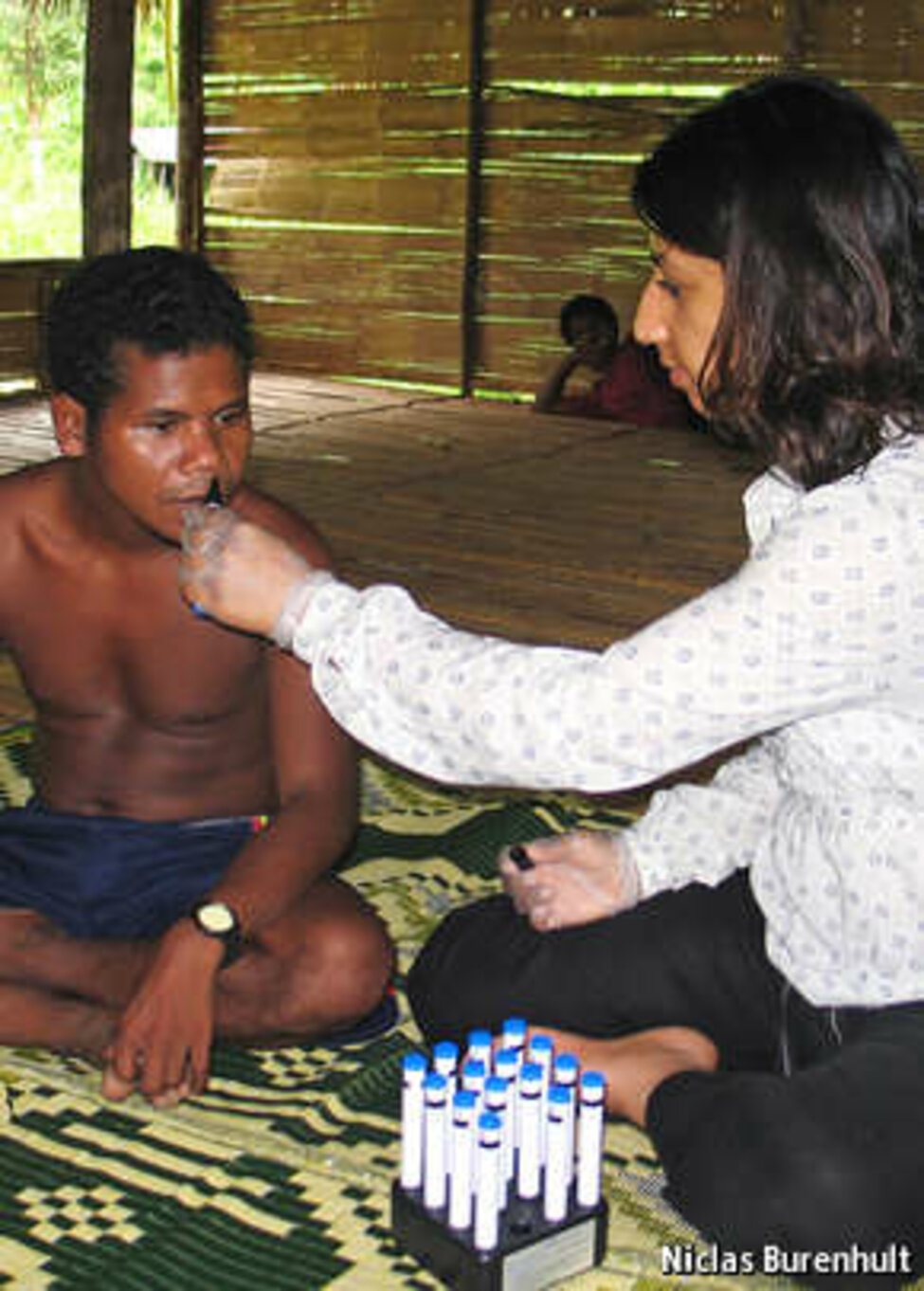Scent off
Published 27 February 2015

Culture, not biology, rules the relation between smell and language
THE Maniq have a word for it—and so do the Jahai. Each sort of smell in their environment, that is. Putting names to smells is reckoned—unlike, say, naming colours—to be notoriously difficult. But perhaps that is because all the relevant experiments have been done on city-dwelling Westerners.
Asifa Majid of Radboud University in the Netherlands, by contrast, works with hunter-gatherers—specifically, the Maniq and the Jahai, who live in the Malay peninsula. For them, as she told a session of the AAAS meeting devoted to olfaction and culture, things are rather different. The Jahai have particular words for smell types. These are not based on an odour’s source, like “lemony”, or on some evaluation of its properties, like “stinky”, but describe the sensory experience itself, as a colour’s name might to a Westerner.
Dr Majid and her colleagues discovered this by administering what were, in essence, scratch-and-sniff tests to Jahai speakers. The answers often required just one word, and the average response time was just two seconds. A Dutch cohort given the same task performed miserably—taking 13 seconds, on average, to reach more equivocal answers. The Maniq, too, have a rich set of smell words, and smell is strongly involved in their culture. Bamboo for making water vessels, for example, is chosen because it has an appropriate smell. Brother and sister should not sit next to one another, lest their odours mix: a form of incest.
This finding challenges the long-standing idea that something about the way human brains are wired limits their ability to put words to smells swiftly. Dr Majid says that in the West, “nothing should have a smell unless you put it there,” and that there are many taboos surrounding talking about odours. The smell-rich environment, scent-centric cultural practices and evident lack of taboos enjoyed by the Jahai and Maniq are, she believes, correlated with their recall and use of smell-related words. It may simply be that having more smells around, and talking about them, ensures that the varieties of smell all have names.
